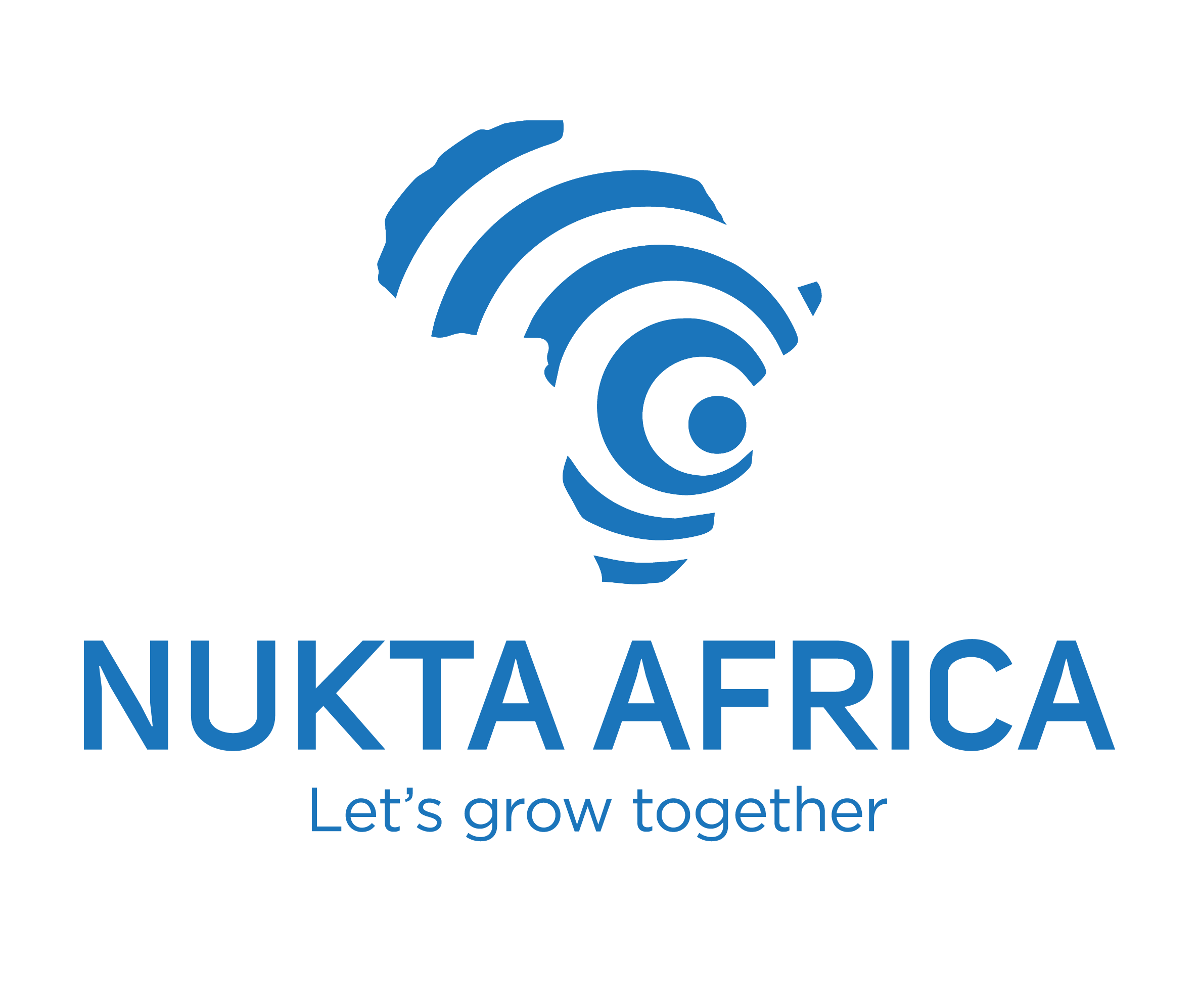In today’s digital age, storytelling has evolved beyond traditional text-based narratives. Data visualization has emerged as a powerful tool for journalists and statisticians to convey complex information in an engaging and accessible manner.
Why data visualization matters:
Data visualization transforms raw data into visual representations, such as charts, graphs, and infographics, making it easier for readers to understand and interpret complex datasets. This approach not only enhances comprehension but also captivates audiences, encouraging them to delve deeper into the story.
How statisticians and data journalists can utilize data visualization:
- Interactive Dashboards:
Create Interactive dashboards that allow readers to explore data dynamically, providing them with personalized insights.
- Infographics:
Design visually appealing infographics to summarize key findings and trends, making the information more digestible and shareable on social media platforms.
Benefits:
- Improved Engagement:
Visual storytelling captures the reader's attention and encourages them to interact with the content.
- Enhanced Understanding:
Visual representations simplify complex concepts, making data-driven stories more accessible to a broader audience.
Embracing data visualization can revolutionize journalism by making it more engaging, informative, and accessible. By incorporating visual elements into their storytelling, statisticians and data journalists can elevate the quality of their work and foster a deeper connection with their audience.




